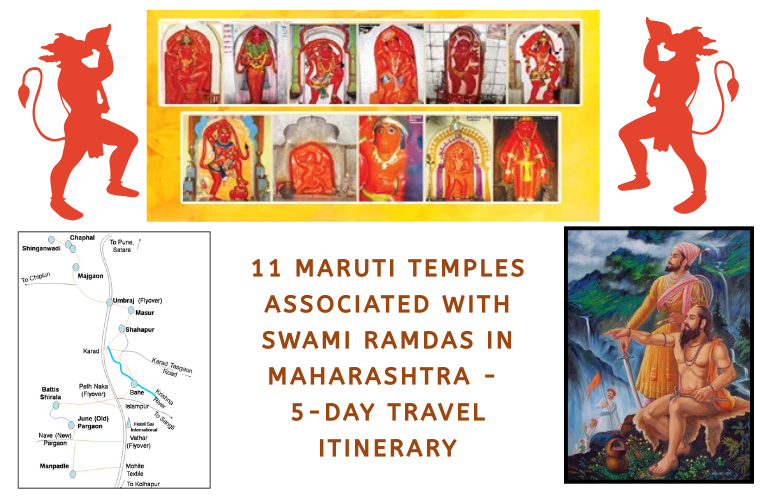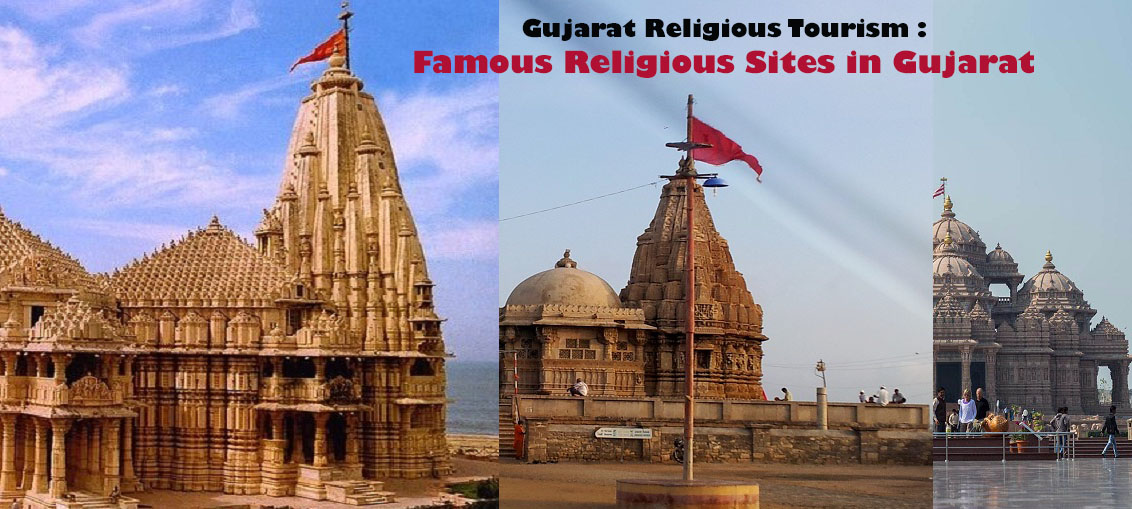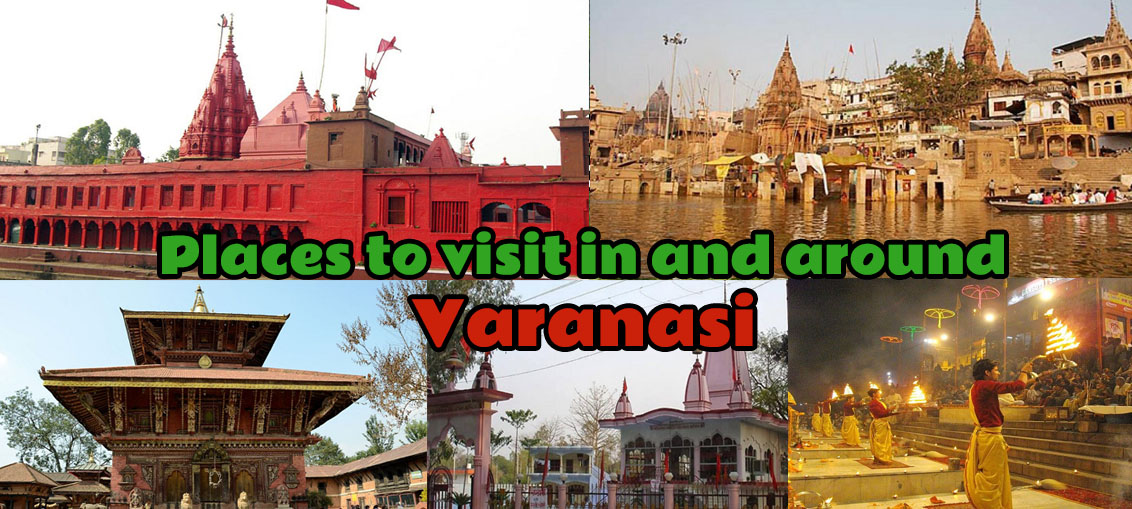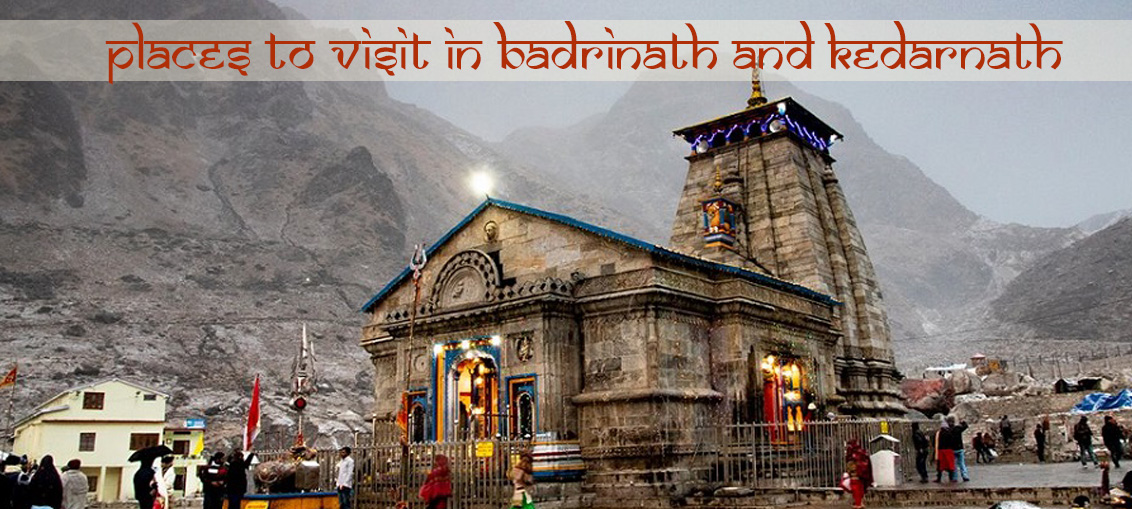Here’s a suggested 5-day travel itinerary for visiting the 11 Maruti temples associated with Swami Ramdas in Maharashtra. I’ve structured it for a smooth pilgrimage circuit covering the key temples, balancing travel, sightseeing, and spiritual experiences.

Day 1: Umraj / Shahapur – Karad Region
Morning:
-
Arrive at Umraj (near Karad), the traditional starting point of the pilgrimage.
-
Visit Chunyacha Maruti – Shahapur (1644)
-
Admire the 6-foot lime idol of Lord Hanuman.
-
Attend or participate in morning puja if available.
-
Afternoon:
-
Local lunch in Karad.
-
Explore nearby scenic spots in Karad.
Evening:
-
Overnight stay in Karad or Shahapur.
Day 2: Masur & Chaphal
Morning:
-
Drive to Masur (approx. 40 km)
-
Visit Maharudra Hanuman – Masur (1645)
-
Famous for the lime idol with portraits of Chhatrapati Shivaji and Swami Samarth.
-
Late Morning / Afternoon:
-
Head to Chaphal (approx. 15 km)
-
Das Maruti (1648) – Kneeling Hanuman before Lord Rama.
-
Pratap/Bhim/Vir Maruti (1648) – Behind the Rama temple.
-
Baal Maruti (1649) – Smallest temple; includes Kubdi Thirth spring.
-
Evening:
-
Overnight stay in Chaphal or nearby Satara.
Day 3: Masur/Umbraj & Majgaon
Morning:
-
Visit Mathatil Maruti / Umbraj Maruti (1649)
-
Unique temple without a spire; lime, sand, and jute idol.
-
Afternoon:
-
Drive to Majgaon – Near Satara
-
Maruti idol facing westwards toward Chaphal Ram Mandir.
-
-
Optional: Visit Shinganwadi – Satara temple for additional local spiritual experience.
Evening:
-
Overnight stay in Satara.
Day 4: Borgaon & Kolhapur Region
Morning:
-
Drive to Borgaon’s Bahe Maruti
-
Temple on Ramalinga island by River Krishna.
-
Includes Rama temple with Shivalinga in front.
-
Afternoon:
-
Travel to Manpadale Cha Maruti – Near Kolhapur (1651)
-
5-foot idol accessible via a hall (26 x 15 sq ft).
-
-
Lunch at Kolhapur; explore local cuisine.
Evening:
-
Overnight stay in Kolhapur.
Day 5: Panhala & Battis Shirala
Morning:
-
Drive to Pargaon Cha Maruti – Near Panhala (1651)
-
Small stone idol; serene surroundings for meditation.
-
Afternoon:
-
Travel to Shirala Maruti – Battis Shirala (1654)
-
Final temple of the circuit; Deshpande family performs pujas.
-
-
Participate in rituals and experience the local spiritual culture.
Evening:
-
Return to Kolhapur or nearby transport hub for onward travel.
Tips for the Pilgrimage:
-
-
Start early each day to maximize temple visits and avoid afternoon heat.
-
Wear comfortable shoes and carry water; some temples involve walking or climbing.
-
Respect local customs; some temples have family or hereditary puja privileges.
-
-
Best months to visit: October to March (pleasant weather)
Swami Samarth Ramdas: The Saint Who Awakened the Spirit of Strength and Devotion in Maharashtra
Swami Samarth Ramdas, also known as Samarth Ramdas Swami (1608–1681), was one of Maharashtra’s most revered saints, philosophers, and social reformers. Born as Narayan Suryaji Thosar in the village of Jamb in present-day Jalna district, he was a great devotee of Lord Rama and Hanuman. His life’s mission was to uplift society—morally, spiritually, and physically—by reviving the spirit of dharma and valor among the people of Maharashtra.
Spiritual Awakening and Mission
At the age of twelve, young Narayan had a profound spiritual experience during his thread ceremony. While reciting the sacred mantras, he received an inner revelation of Lord Rama’s universal presence, after which he left home to pursue a life of renunciation and meditation. For twelve years, he meditated on the banks of River Godavari in Takli near Nashik, where he attained self-realization and was henceforth known as Samarth Ramdas—meaning the capable or powerful devotee of Lord Rama.
He later traveled extensively across India, spreading the message of Bhakti (devotion), Shakti (strength), and Seva (selfless service). Unlike many saints who focused solely on spiritual liberation, Swami Ramdas emphasized the need for balance between spiritual wisdom and worldly duty, especially the duty of protecting righteousness (dharma).
The Establishment of Hanuman Temples
In the 17th century, Swami Ramdas observed that the people of Maharashtra were weakened—physically, mentally, and morally—after years of invasions and social turmoil. He envisioned a spiritually awakened and strong society, inspired by the virtues of Lord Hanuman—devotion, courage, discipline, and selfless service.
To actualize this vision, Swami Ramdas established eleven Hanuman (Maruti) temples across Maharashtra. Each temple symbolized one aspect of Lord Hanuman’s power—from strength and valor to humility and devotion. These temples were meant not just for worship but also as centers of physical training, moral discipline, and social unity.
Through these temples, he sought to:
-
Reignite the spirit of self-confidence and patriotism among youth.
-
Encourage physical fitness and defense skills as a form of service to dharma.
-
Unite communities beyond caste and social divisions under the banner of strength and devotion.
His establishment of these temples also paralleled his close spiritual relationship with Chhatrapati Shivaji Maharaj, whose vision of a righteous kingdom aligned with Swami Ramdas’s mission of moral and spiritual revival.
Teachings and Quotes of Swami Ramdas
Swami Ramdas’s philosophy is recorded in his famous works like “Dasbodh”, “Manache Shlok”, and “Atmaram”, which remain timeless guides for spiritual seekers and leaders alike.
Here are a few of his inspiring quotes:
-
“Do not be afraid of anyone; stand firm in truth and righteousness.”
– A call for inner strength and fearlessness in the pursuit of dharma. -
“Devotion without strength is like a lamp without oil.”
– Emphasizing that spiritual devotion must be supported by courage and discipline. -
“The mind is the cause of bondage and the mind is the cause of liberation.”
– Teaching that self-mastery begins with mastery of one’s own mind. -
“Serve your country and religion with all your heart, and God will dwell within you.”
– Encouraging action through selfless service. -
“Strength and wisdom together make a man complete.”
– A reflection of his belief in the integration of Bhakti (devotion) and Shakti (power).
Legacy
Swami Ramdas’s movement infused a new energy into the people of Maharashtra. His eleven Hanuman temples—from Shahapur and Masur to Chaphal, Majgaon, and Battis Shirala—stand as enduring reminders of his mission to awaken both spiritual devotion and physical courage.
Even today, thousands of devotees walk the pilgrimage path established by Swami Ramdas, feeling the same vibrations of strength and surrender that he once envisioned. His teachings continue to inspire not only spiritual seekers but also leaders and youth, reminding them that true devotion lies in action, humility, and service to humanity.
![]()





